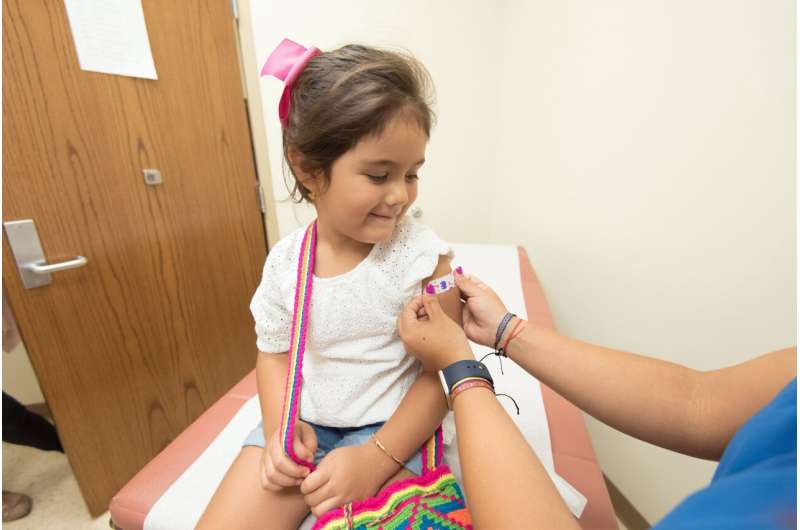
Researchers at CDDEP recently evaluated the performance of India’s Mission Indradhanush (MI) child vaccination campaign—a periodic intensification of the routine immunization program.
Each year, 1.2 million Indian children die, accounting for a fifth of global under-5 deaths. Over 400,000 of these deaths are from vaccine-preventable diseases. An estimated 38% of Indian children under the age of two years were not-fully-immunized in 2016. Additionally, vaccinated children received 23%-35% of the doses of polio, diphtheria-pertussis-tetanus DPT, bacillus Calmette-Guérin (BCG), and measles vaccines at later than recommended ages. Low vaccination coverage and frequently delayed vaccinations stand in juxtaposition with India’s rapid economic growth in recent decades.
In December 2014, the Government of India launched Mission Indradhanush (MI), with the objective of increasing full immunization coverage. MI was a periodic intensification of the routine immunization (PIRI) program which targeted unvaccinated and under-vaccinated children by allocating more resources to underserved areas. The program was implemented in 528 districts—with low initial full immunization coverage and high dropout rates—in four phases during March 2015-July 2017. An estimated 25.5 million children across India were vaccinated under MI in this time. Despite the substantial resources allocated towards this program, there has been a lack of robust estimates of its true impact.
The study reports on associations between the first and second phases of the MI program, and routine vaccination coverage and timing outcomes by employing difference-in-difference (DID) regression analysis which incorporates a rich set of socioeconomic and healthcare access indicators. The authors find that the full immunization rate was 27% higher among children under 2 years old residing in districts that received the campaign during both phase 1 and 2 (intervention group) as compared with those residing elsewhere (control group). The rate of receiving all vaccines at recommended ages was 8% higher in the intervention group. Receiving doses of oral polio vaccine (OPV) birth dose, OPV dose 1 (OPV1), OPV2, OPV3, BCG, and hepatitis B birth dose vaccines were 9%, 9%, 11%, 16%, 5%, and 19% higher in the intervention group than the control group, respectively. However, the study did not find improved vaccination rates for children who resided in a district that only received treatment in either phase 1 or 2.
Source: Read Full Article
